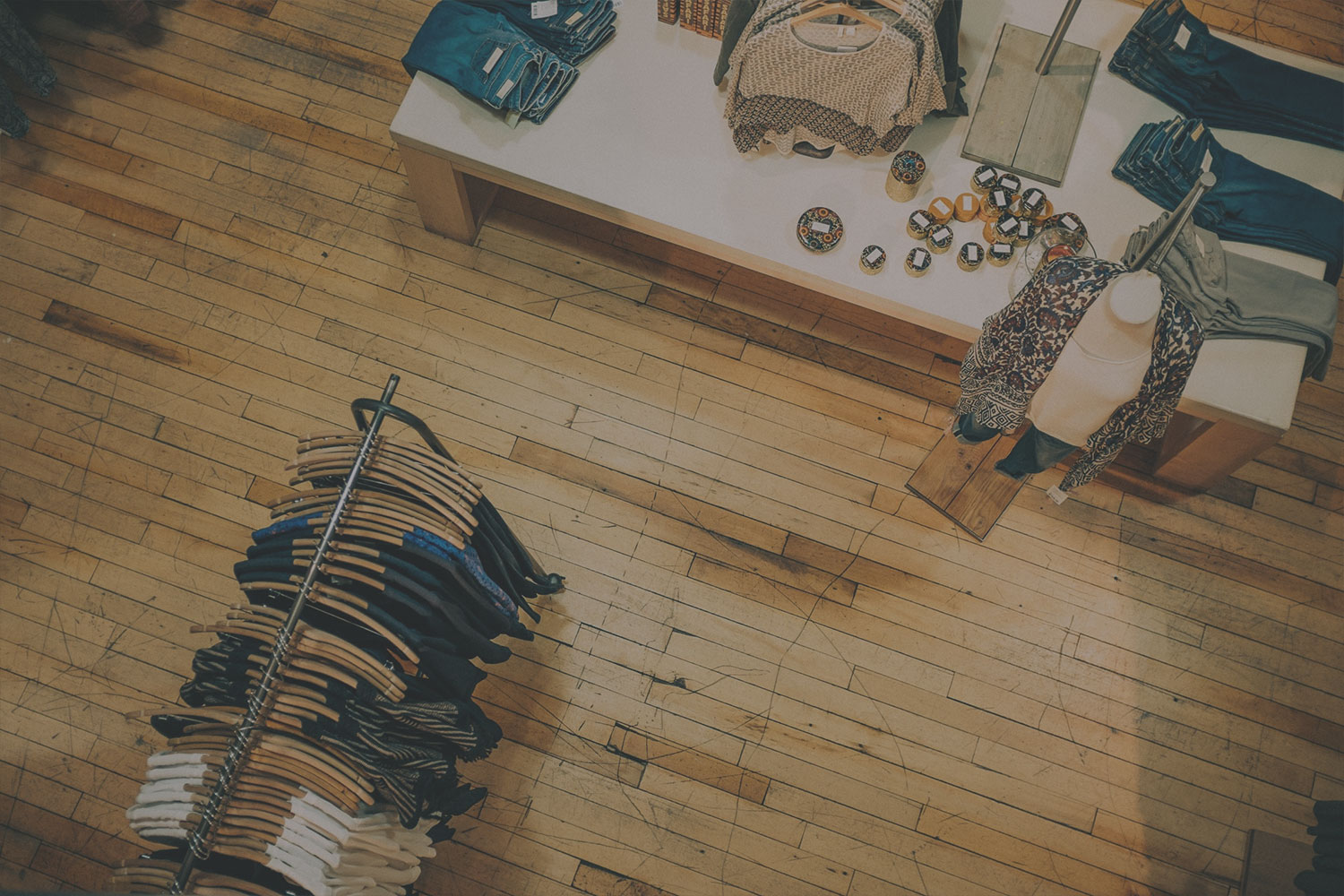By Tracy Hadden Loh and Jennifer S. Vey for CNN Business Perspectives
Jennifer S. Vey is a senior fellow and the Director of the Anne T. and Robert M. Bass Center for Transformative Placemaking at the Brookings Institution. The opinions expressed in this commentary are their own.
The last decade dramatically shook the retail sector. Almost 10,000 stores closed in 2019 alone.
Much of this has been blamed on the popularity of online shopping. But today’s brick-and mortar-retailers are also grappling with a host of other challenges, including aging malls and fickle consumers who are demanding more from their shopping experience. While many retailers haven’t been able to survive these changes, brick-and-mortar retail overall isn’t dying — it’s just entering a new era.
The United States has become vastly over-retailed, with estimates on retail space ranging from 23.5 to 46.6 square feet per person. This compares to just 2.4 square feet per person in Germany and 1.5 square feet per person in Mexico. Retail growth, financed by debt, has simply become overleveraged and unsustainable. The current store closures are a natural contraction of retail sprawl.
The first indoor, climate-controlled mall in the United States, Southdale Mall in Minneapolis, opened in 1956. This mall and its many successors — oriented around national retail chain anchors like Macy’s and Lord & Taylor — opened as baby boomers were growing up, often decimating traditional downtown storefront retailers in the process. Like the generation that created them, these malls themselves have reached retirement age, giving new and old shoppers few reasons to patronize them over more convenient online options.
But some malls are finding new life by evolving from the traditional model. For example, the former Mercado Mall in downtown Phoenix is now part of Arizona State University’s high-impact urban campus. Other malls are diversifying to reduce their reliance on anchor tenants and expanding their offerings to satisfy consumer desire for experiences, not just bargains. For example, the Southdale Mall now has an indoor soccer facility and is adding a coworking space.
This diversification is particularly evident in wealthier areas where mall owners with ample construction capital are revamping aging shopping structures into streetscaped “lifestyle centers” with tree-shaded lanes, smaller store footprints, and full-service restaurants instead of food courts.
Another sign that retail isn’t quite dead yet: Today’s consumers are also drawn to the street retail experience that the suburban mall, ironically enough, helped drive into decline. Historic Main Street retail corridors are seeing something of a renaissance.
Across the top 30 US metro areas, retail space in these walkable urban places commands an astounding 83% rent premium over regional averages — an increase of 17% since 2010. This trend is visible in rural town centers like Wytheville, Virginia, streetcar suburbs like Pasadena, California, regional retail destinations like the 16th Street Pedestrian Mall in downtown Denver and neighborhood commercial corridors like the Avenue in Baltimore’s Hampden neighborhood.
Even big-box retailers, such as Walmart and Target, are adapting to this competitive reality by building smaller urban store formats. In fact, growth in digital shopping is actually promoting retail growth in some locations — such as dense residential areas — due to a positive “halo effect,” where online sales increase in neighborhoods where the retailer has a brick-and-mortar presence. That’s why once online-only retailers like Warby Parker and Casper are now opening showrooms.
American retail is also drawing inspiration from traditional global retail models. Market halls, including both seasonal pop-ups and year-round establishments, have become the hottest trend in soft goods, especially food. These halls — including the Pythian Market in New Orleans, Eastern Market in Washington DC or DeKalb Market Hall in Brooklyn —typically benefit from urban locations and may be operated by the public sector, the private sector or a partnership between the two.
Markets also promote innovative business models that expand opportunities for local entrepreneurs and the sale of locally crafted goods by restructuring the way risk, infrastructure, marketing and operations are shared between landlord and tenants. This can include leases with rents based on a percentage of sales rather than a per-square-foot figure, or short-term licenses instead of more standard five- to 10-year commitments. Such flexible terms, along with the reduced costs of shared infrastructure, lower the barriers to business entry or expansion, particularly for entrepreneurs with limited access to capital or credit. They are also a flexible way to bring retail to underserved communities including areas that the private sector has otherwise been reluctant to enter.
Despite all these positive trends, ongoing disruptions of the retail sector will surely remain challenging to many workers, store owners and communities for the foreseeable future. But even though the number of retail jobs will likely continue to decline — the sector shed 31,400 jobs between November 2018 and November 2019 alone — we project that changes in the sector will continue to create new prospects for revitalization and new openings for emerging businesses.
Both the public and private sector should harness these trends by investing in policies, programs and physical spaces that can not only help the sector adapt to shifting consumer demands, but also to support innovations and ideas that broaden the benefits of retail for more people and places.



